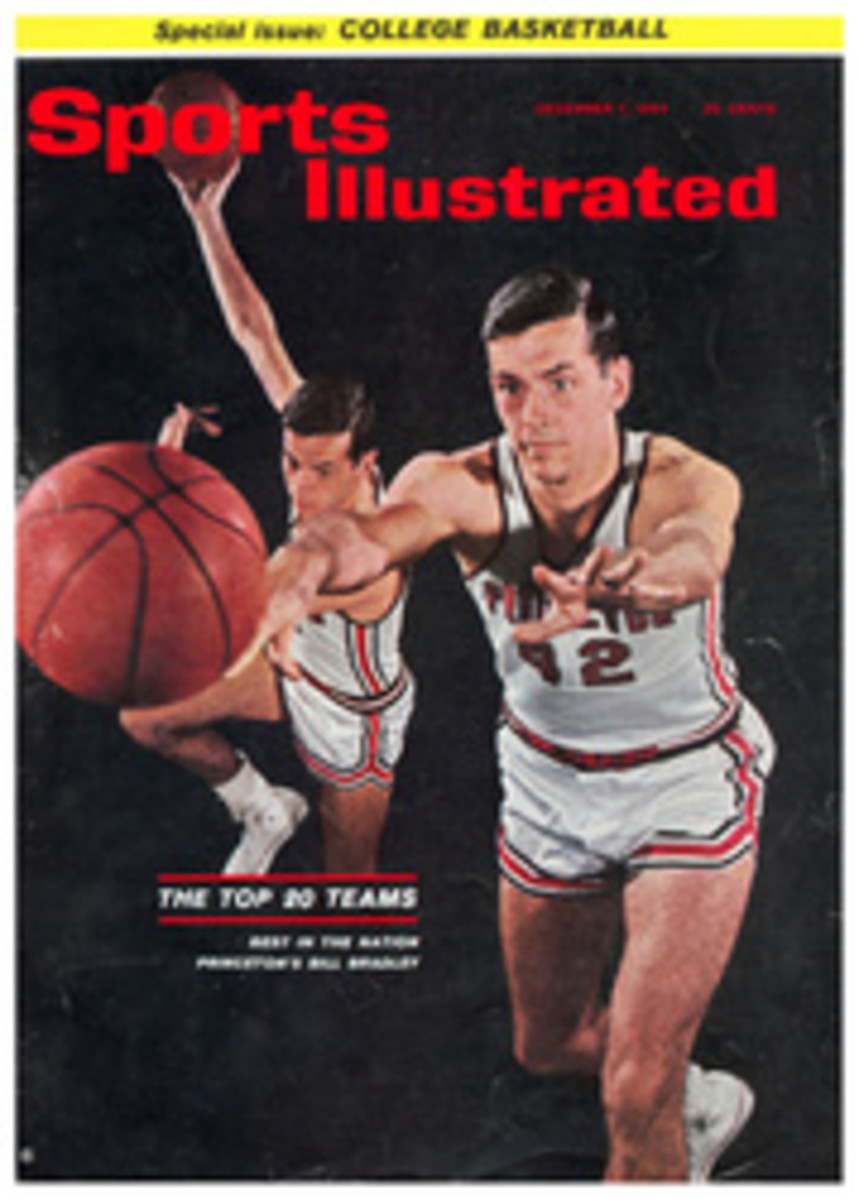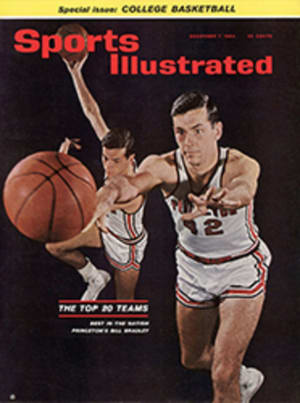
Two seagoing Bearcats beat the odds and the kids
Most automobile buffs have a sentimental attachment to Stutz Bearcats, but not many would bet on one in a modern road race. A lot of yachtsmen feel the same way about Llewellyn Bixby's sturdy old 47-foot yawl Typee, which was built in 1947, and about Howard Ahmanson's even older (built in 1929) and perhaps even sturdier M-class sloop, Sinus II. Yet last week, against a held of ultramodern aluminum and fiber-glass racers as sleek as Lotus-Fords, these two Stutz Bearcats of the yachting world took top honors in the 900-mile-plus Los Angeles to Mazatlan ocean race. Sirius crossed the line first and broke the old record of six days and 15 hours by nearly 19 hours; Typee won the race on corrected time and in doing so made a lot of expensive technology directed at beating the rule look pretty foolish.
Built of good, sound wood in Germany nearly 20 years ago, Typee is the kind of boat that draws the instinctive response from all who see her: "Gosh, they sure don't build boats like that anymore." They sure don't. Like her hull, Typee's masts are made of wood, mellowed and highly varnished. Her deck winches are of tarnished bronze in an age of stainless steel and chrome. No one, nowadays, steers a boat with anything less than a gleaming, five-foot destroyer wheel, but Typee's, skipper uses a tiller—an old-fashioned stick of wood stuck in the stern sheets.
With these quaint handicaps working against her, how did archaic Typee ever manage to beat both the odds and the rule beaters to win the race? The answer, most simply stated, is good sailing and at least three gobbets of good luck.
Typee's first taste of fortune came at the start off San Pedro as 43 ocean racers, jammed gunwhale to gunwhale on an acre or so of water, tried to cross a line that kept drifting away from them. The cause of this agonizing mess was a combination of strong current, light air and a race committee that substituted enthusiasm for experience. Just moments before the 10-minute warning gun the committee, afraid it might set a poor line in the shifty conditions, had pulled up the marker buoy and set a new line upwind and upcurrent that was worse than just poor. Boats tacked backward and forward with near collisions the rule. "It's a shame," said the wife of one skipper, "you spend weeks and a lot of money getting ready for a race, then it's all spoiled by a bad start." But Typee was lucky. She made a good start and was well cracked off for Mazatlan while the others fretted.
Her second stroke of luck came the first night out as a squall of heroic proportions gusted into the fleet, knocking many boats flat. Typee, by chance, was in the middle of a jibe when the squall struck and so, with all hands on deck and alert, was ready for the sudden blast.
Fortune struck for the third time in dead air. While most of the fleet lay becalmed, Typee managed somehow to find enough zephyrs to eke out 89 miles. It marked the first time members of her well-fed crew (Baba au Rhum, artichoke hearts, eggs benedict, wine) missed a meal. They were too busy on deck trying to milk the most out of every little zephyr. Next day the wind returned, and Typee gained 144 miles, partly through a night made so bright by a full moon that crewmen could watch the trim of their sails without electric lights. The last night out Typee made her best run of all. In 20.5 hours she traveled 154 miles, hurtling toward the warm piles of rock that guard Mazatlan at an average speed of 7½ knots. "We had everything going but a rooster tail," said Skipper Bixby. He attributed the victory less to luck and strategy than to his eager crew. "Our whole object was to keep the boat going, and that's what we did."
If Typee is Old Ironsides by present-day ocean-racing standards, the boat that finished the race first is the Ark. Built in 1929, when M-class boats were raced around the buoys like Lightnings, Sirius has had a long career of crests and troughs. Her present owner, Howard Ahmanson, sees in her the vintage beauty of a Marlene Dietrich. He also sees in her a way to underline his contention that boats designed to take advantage of every loophole in the rating rule can be beaten by boats designed to go purely fast. "Don't you think, pal, the greatest thing is how fast you can make a boat go?" he asks intently. "I could afford to build a rule beater, pal, but I don't care about rule beatings or ratings."
Sirius' owner wasn't fooling when he said he could afford to build a new boat. One of the richest men in California, he probably could build the S.S. United States. As it is, he paid only $39,000 for Sirius, half the price of a new boat half her size.
Ahmanson has sunk money into Sirius where it will do good, but never for show. Like Typee, she still uses wooden spars and her decks are laid teak. Rival sailors, particularly those on other A-class boats, like to kid Ahmanson about his relic. "Why don't you get yourself a new boat?" they prod. "Can't you afford it?" Ahmanson, who has had one heart attack and never races without a doctor in attendance, smiles jauntily and replies: "I hope I'll be sailing Sirius, pal, when I have that final heart attack."
Many times before then, Ahmanson will be driving Sirius across the line for a first—and with a crew as sturdy and weatherworn as herself. "Look at them, pal," said Howard Ahmanson, pointing with pride to several of the seasoned deckhands who helped him win the race to Mazatlan last week. "They're all old men, but they've got it up here. I don't need those beefy youngsters that sail on the rule beaters. Give me a man who can think."
PHOTO
PHOTO
'SIRIUS' SPREADS HER VAST SPINNAKER

